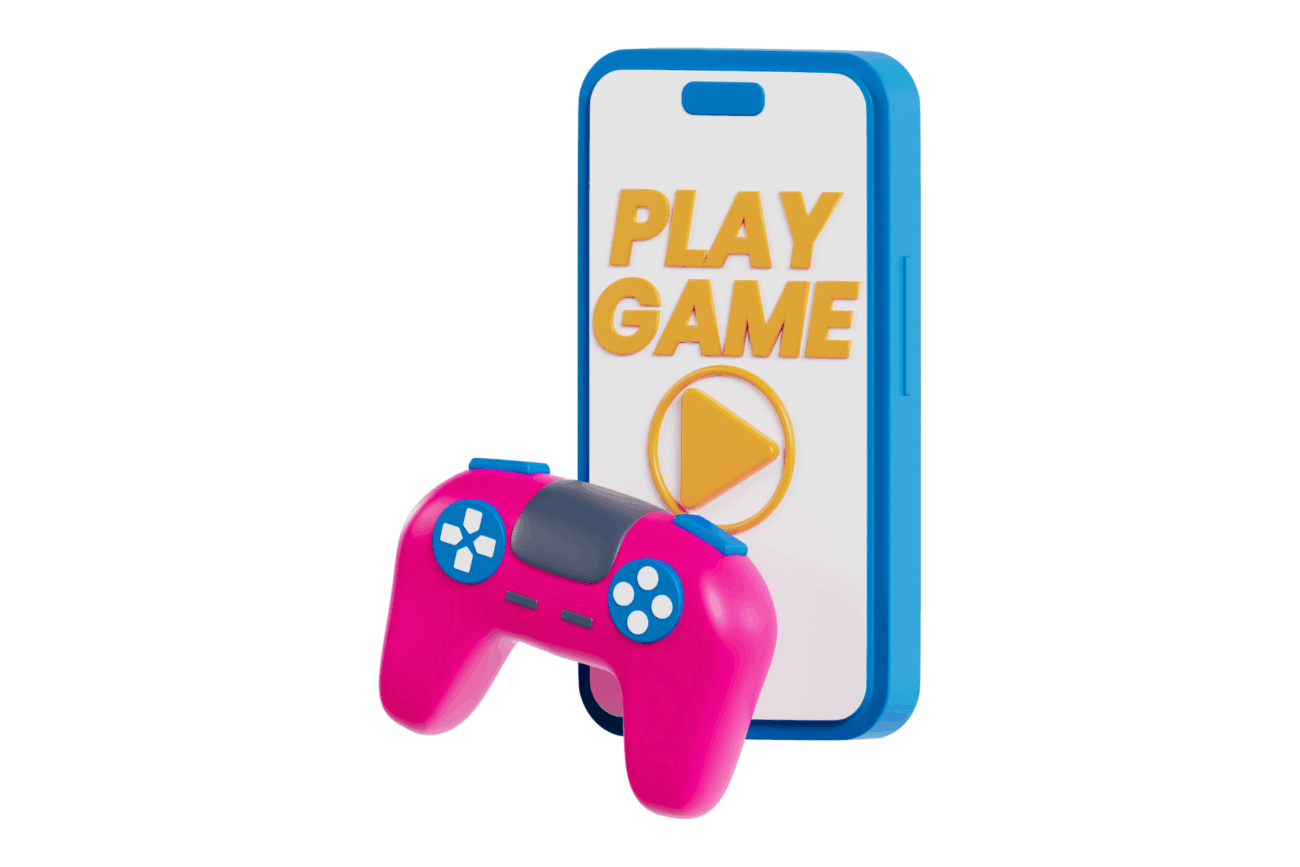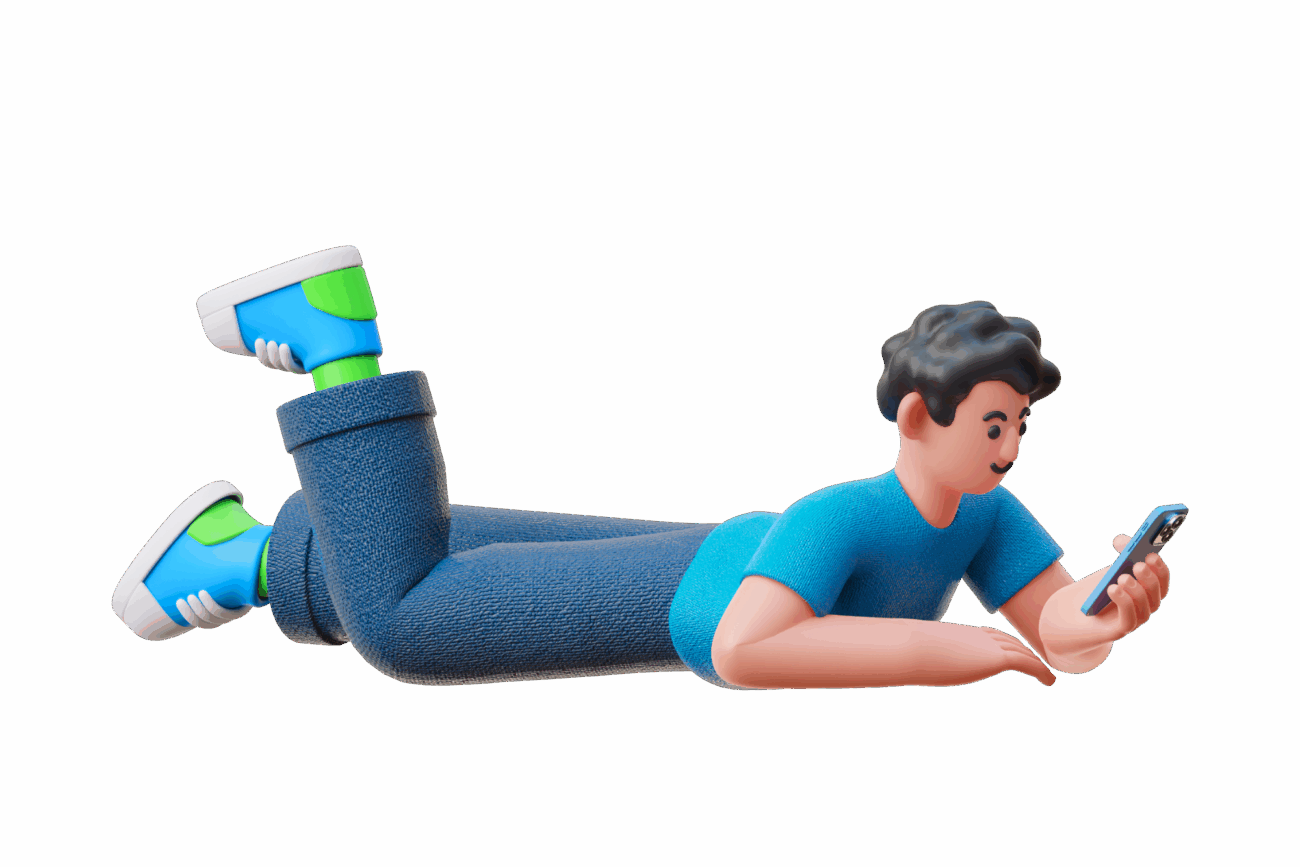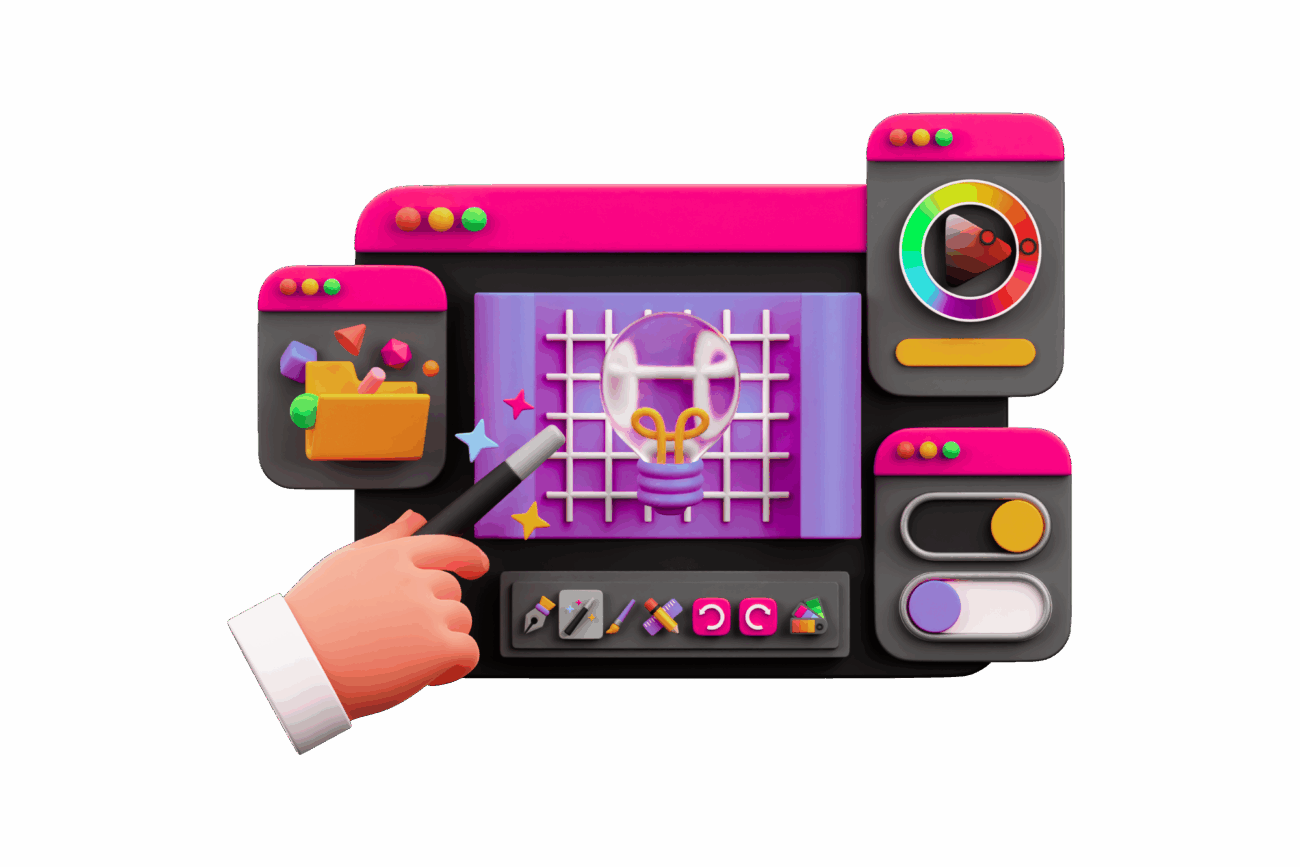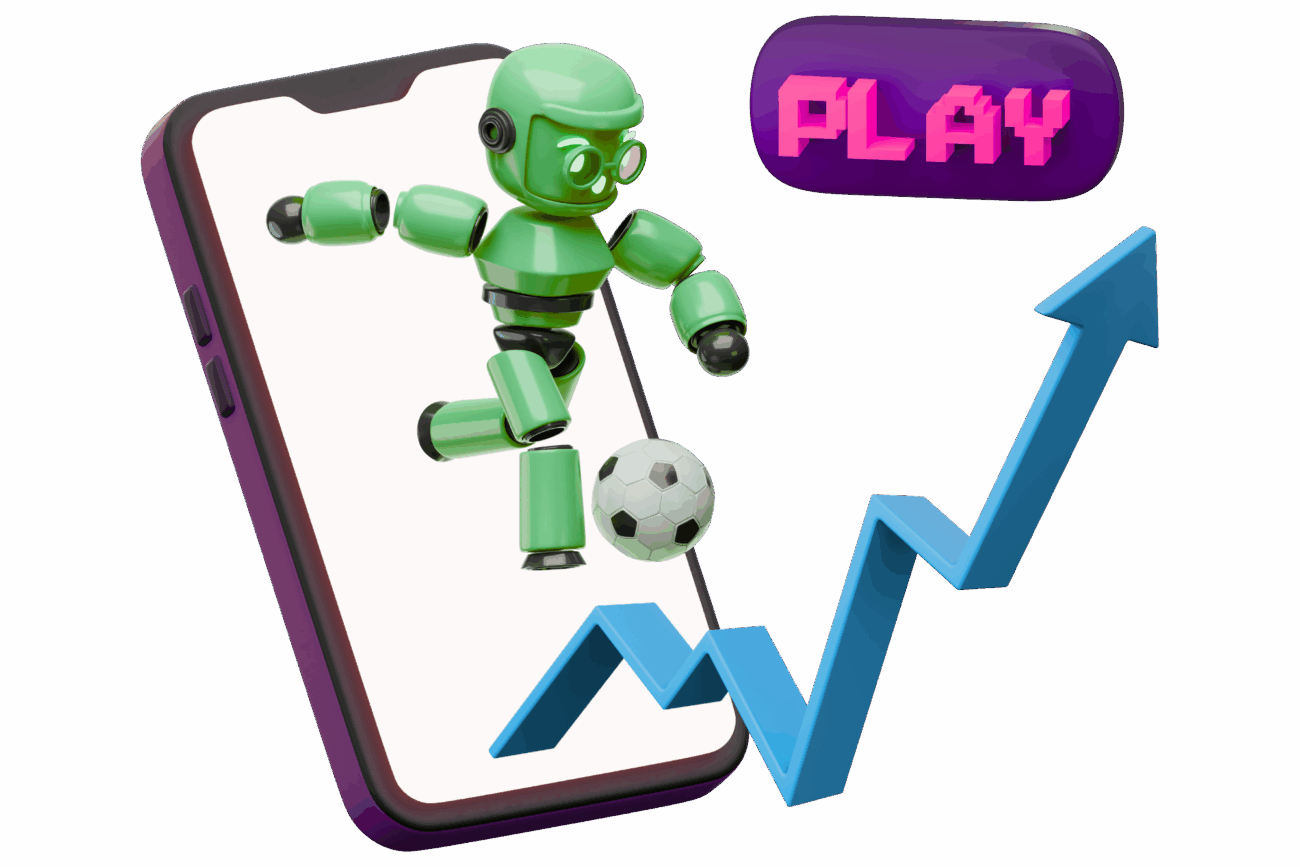
Mobile Adaptation and QA
Ah, smartphones.
The sleek 6.3 inches rectangles that do just about everything. They’re our planners, DJs, personal chefs, amateur therapists, and yes, our favorite pocket-sized consoles. It’s no wonder we rely on them so much.
Smartphones have changed the way we live and play. Instead of hiring personal trainers, we download fitness apps. Instead of sitting in boardrooms, we hop into virtual meetings (especially on rainy days, after finding out that you can blur out the laundry pile behind you). And gaming? We don’t always gather on couches with controllers anymore. Today, you can text your squad and dive into a competitive mobile match, all on the same screen.
With this rapid evolution in smartphone tech, mobile gaming has taken off like never before. And the numbers speak for themselves: as of 2023, almost 300 billion mobile apps were downloaded, over half of which were games, and the industry boasted almost 2 billion mobile gamers worldwide and generated $140.5 billion in revenue.
So, is the evolution of mobile gaming a good or a bad thing for us, the people behind the games?

In short, it depends. To really understand why mobile gaming has exploded, we need to look at why people are choosing to play on mobile in the first place:
- It’s convenient. After a long day at work, launching into a quick match of your favorite esport can be the perfect way to decompress. Got five minutes while waiting in the school pickup line? Candy Crush has your back. Mobile games offer instant access to entertainment, and when your brain is craving a quick dopamine hit, being just three taps away makes all the difference.
- We love apps. Our phones are packed with apps, some we use daily, others we forgot existed. (Yes, even that audiobook app you swore you’d try two years ago.) This app-driven culture has helped mobile gaming flourish. Between in-app purchases, ads, and premium titles, mobile is now one of the biggest revenue engines in the industry. For developers and publishers, it’s profitable.
3. The tech is impressive. Mobile devices have come a long way. Who would’ve thought they could squeeze so many game-friendly features in one tiny rectangle? These days, you’re carrying around hardware that can run surprisingly complex games with crisp graphics, smooth performance, and immersive audio.
The real problem though, is how professionals need to constantly adapt in order to keep up with this technological revolution. One of the toughest parts about bringing a game to mobile is keeping its original charm and depth without overloading the player. You want the same experience that made people love the game in the first place, but now it has to fit on a much smaller screen.
That’s where things get tricky. Touch controls aren’t as precise as a joystick or mouse, so movement and actions need to feel smooth and intuitive. As QA, we spend a lot of time testing how these mechanics hold up on mobile. And our goal is clear: we want to make sure the game still feels challenging and fun, without confusing or frustrating the player. Finding that balance between complexity and simplicity is where great mobile adaptation really happens.

So how do you make peace between complexity, challenge and functionality?
Well, when it comes to mobile adaptation, design has a lot to do with it. If your game keeps a simple, intuitive interface, that players can navigate at one glance, then you know you made it. Trying to put yourself in the player’s shoes and finding visual cues to guide their experience is the key in mobile adaptation. And if you’re smart, mobile design can even add visual quality to your iconic game – it’s a chance to innovate. For example, unlike other games that kept the pixelated charms for their beloved nostalgia, the mobile adaptation of Sonic The Hedgehog has been remastered with higher resolution graphics and smoother animations that enhance the visual experience without losing the feel of the original.
🧩 1. Design with simplicity in mind
When adapting a game for mobile, clean and intuitive design is everything. If players can understand how to navigate your interface at a glance, you’re already on the right track. Good mobile design puts the player first: it guides them visually, reduces friction, and makes room for creativity. And sometimes, these constraints can even push innovation. Take Sonic the Hedgehog, for example: while some games kept their pixelated aesthetic, Sonic’s mobile version took a different route, remastering graphics with high-resolution visuals and smoother animations, all without losing that nostalgic feel. It’s proof that a smart mobile UI doesn’t have to be a downgrade, but an upgrade, if done right!
🎨 2. Use color to guide, not just decorate
Color choice isn’t just about making things pretty; it can completely shape how a player experiences your game on mobile. When adapting to smaller screens, a thoughtful color palette can guide the player’s focus, improve readability, and enhance emotional engagement.
Mobile hardware also gives developers access to dynamic lighting, particle effects, and richer colors, which can modernize older games while still preserving the core gameplay.

🎮 3. Rethink controls from the ground up
Touch controls change everything. Unlike a controller or keyboard, fingers are less precise, so the gameplay has to meet players halfway. That involved rethinking things like movement, tapping areas large enough to be hit easily, and using gestures like swipes or long-presses in a way that feels natural. A great example is Super Mario Run: instead of traditional jump buttons, Nintendo went with a single-tap system where the jump’s height depends on how long you press. It’s simple, but smart. When QA tests these interactions, we’re always checking: does it feel right? Is it responsive? Or does it feel frustrating, hard to play? If it does, it needs tweaking.
⚡ 4. Embrace short sessions
Keep in mind: mobile gamers are often playing short sessions on a lunch break, on the bus, or in line at the store. If your game can deliver a meaningful, satisfying experience in those short windows, you’ve nailed a key part of mobile design. Consider splitting gameplay into short levels that are easy to jump into, but layered with optional challenges for deeper play. This keeps your core vision intact, while making the game more accessible. Quick levels don’t have to be shallow: done right, they leave players wanting just one more round.
And yes, as QA, we test whether those smaller bits of gameplay deliver the same punch as longer sessions.

… and it’s not slowing down. Yes, adapting to mobile is tricky, but when done right, it can amplify your game’s reach without sacrificing its soul.
